FDA Approves Johnson's Daratumumab Plus VRd for Newly Diagnosed Multiple Myeloma
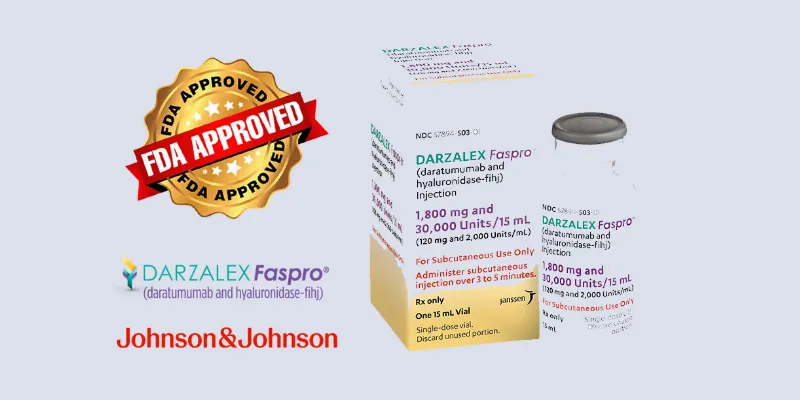
30 July 2024
The FDA has approved Darzalex Faspro® (daratumumab and hyaluronidase-fihj) in a combination for treating multiple myeloma. Validated by the PERSEUS study, this combination significantly reduces disease progression or death by 60% compared to traditional treatments.
Johnson & Johnson announced that the US Food and Drug Administration (FDA) has approved DARZALEX FASPRO® (daratumumab and hyaluronidase-fihj) in combination with bortezomib, lenalidomide, and dexamethasone (D-VRd) for treating multiple myeloma. The company stated that this approval marks a pivotal shift in the management of multiple myeloma, enhancing treatment prospects for newly diagnosed patients eligible for a stem cell transplant.
A New Hope for Patients
The innovative combination therapy, is designed for both the induction and consolidation phases in the treatment of newly diagnosed multiple myeloma (NDMM) patients. This significant improvement in treatment outcomes offers a potential new standard of care, providing patients with more effective options at diagnosis and through subsequent treatment phases, thereby improving long-term survival and quality of life.
“This latest indication for DARZALEX FASPRO-based quadruplet therapy demonstrated a clinically significant reduction in disease progression or death during first-line treatment when patients are likely to experience their deepest responses,” said Dr. Jordan Schecter, Vice President, Disease Area Leader, Multiple Myeloma, Johnson & Johnson. “Today’s approval embodies our commitment to setting new standards of care for patients newly diagnosed with multiple myeloma who are transplant eligible.”
Evidence of Efficacy
Supporting this FDA approval is the data derived from the Phase 3 PERSEUS study, a landmark trial that pitted D-VRd against a more traditional regimen of bortezomib, lenalidomide, and dexamethasone (VRd). The results were striking—a 60 percent reduction in the risk of disease progression or death when using the DARZALEX FASPRO®-based combination, compared to VRd alone.
Moreover, the study highlighted a deeper therapeutic response at the end of the consolidation phase, with minimal residual disease (MRD) negativity rates significantly higher in the D-VRd group (57.5 percent) compared to the VRd group (32.5 percent).
A Clinical Perspective
“Multiple myeloma has a highly varied clinical course among patients and in each individual patient, and there is a continued need for innovation and therapies that employ different targets and combinations to provide patients with treatment options at diagnosis and throughout the course of their disease,” said Dr. Amrita Y. Krishnan, Professor and Director of the Judy and Bernard Briskin Multiple Myeloma Center. “The efficacy data supporting this new quadruplet regimen, combined with its established safety and tolerability profile, provide compelling evidence that adding D-VRd upon initial diagnosis as compared to VRd can deepen responses and prolong remissions in the context of autologous stem cell transplantation.”
Safety and Tolerability
The safety profile of the D-VRd regimen aligns with what is expected from its constituent medications, showing no unexpected adverse effects. The most common side effects reported were peripheral neuropathy, fatigue, and edema, among others—consistent with those documented for existing therapies.
Continuing Research
The PERSEUS study, conducted across 14 countries in collaboration with the European Myeloma Network, is ongoing. It continues to explore not only the efficacy of D-VRd during the initial phases of treatment but also its potential roles in maintenance therapy post-consolidation, a testament to the comprehensive approach needed to tackle such a multifaceted disease.





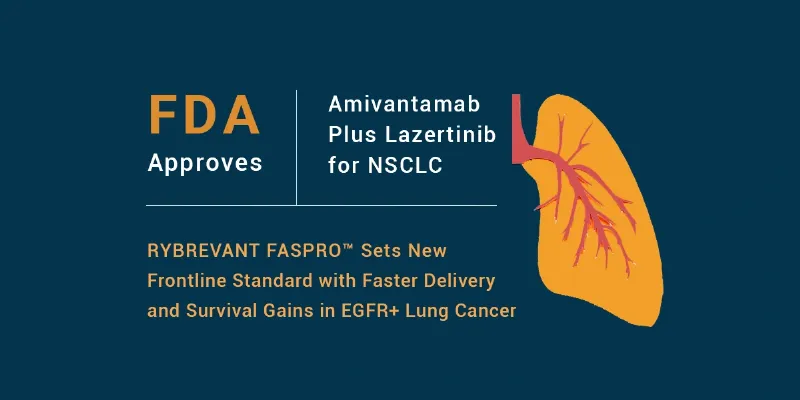

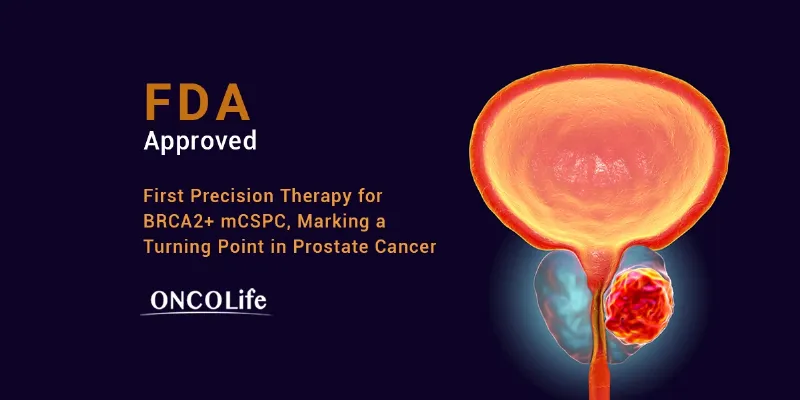
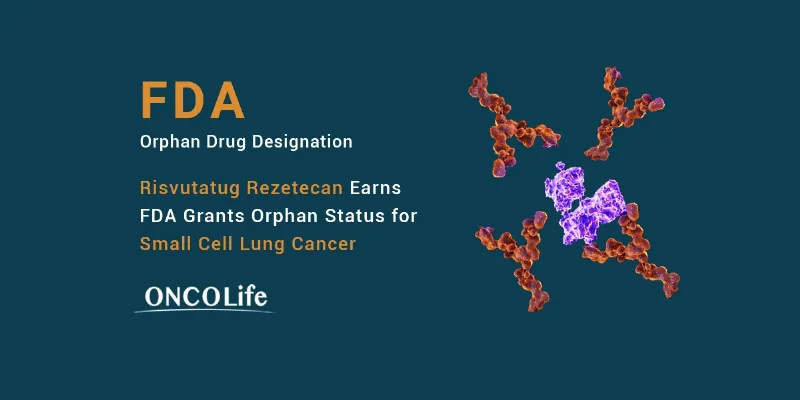

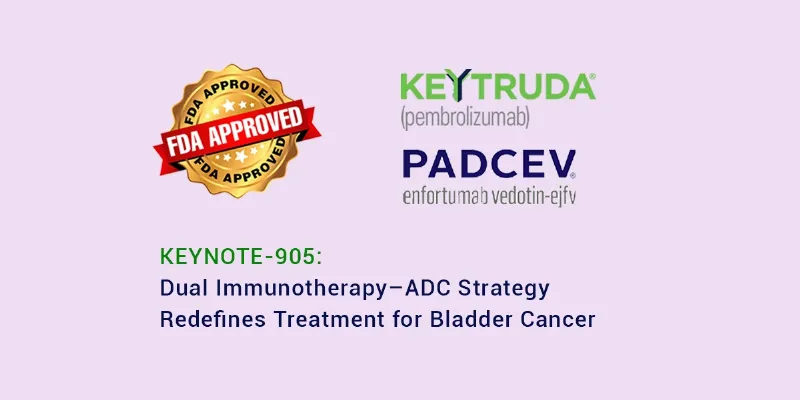
Comments
No Comments Yet!